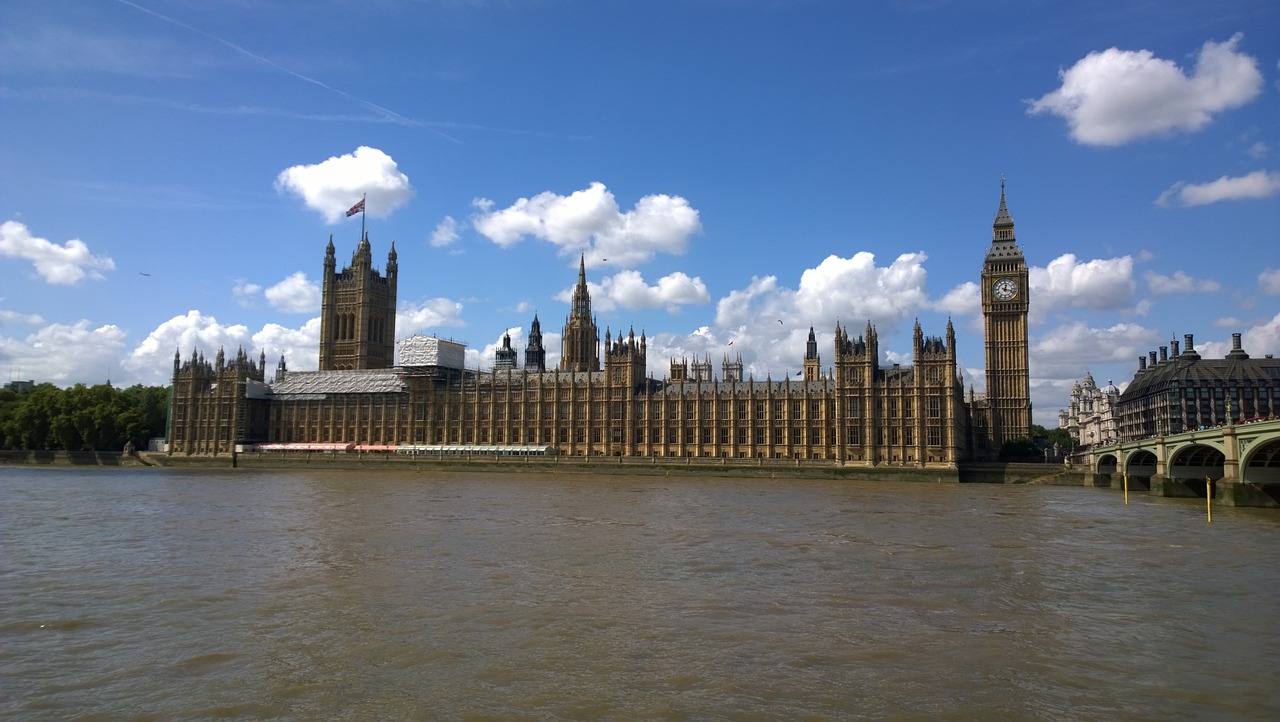With tomorrow being polling day, we have finally (almost!) come to the end of the 2024 General Election campaign.
Rishi Sunak’s surprise decision to announce a summer election on 22 May caught many people – both members of his own party and his opponents – off guard. But tomorrow the nation will finally have the final say on the leadership and direction of this country.
The polling is saying that Labour is on course for a historic victory, both in terms of overall expected seats and its own party record. In its 100 years of existence, only three times has the party gone from opposition to having a majority government… Clement Attlee in 1945, Harold Wilson in 1964 and Tony Blair in 1997.
But the result is not certain and the only vote that does matter is July 4th. Can Rishi Sunak stage a surprise victory and claw out a victory from the jaws of defeat, or will Reform UK cement a Labour victory by splitting the right vote?
Overall, it has been semi- noisy general election with policy announcements from all sides, but we’ve isolated the key points from the plentiful headlines and produced a run-down with our thoughts about the parties’ key policies and what they could mean for our clients.
For a bitesize summary of the key points for the housing and built environment sector, see our recent http://linkedin/ post.
Key policy points:
Housing and Planning
Let’s begin with an area of consensus for all three main parties. They all agree that the UK must build more houses and quickly. Additionally, all three parties promise a brownfield-first approach to development. Where they differ is on its extent.
The Labour Party has set out plans to legislate for major reforms to planning to drive growth in housing numbers and the economy nationally. In collaboration with local leaders and communities, the Labour Party has the ambition to develop a new generation of new towns in the UK, alongside urban extensions and regeneration projects. They plan to reform the planning system and land purchase rules, hiring over 300 new planners to expedite decisions at a local level.
The Labour Party would prioritise a brownfield-first approach in the first instance, by focusing on previously used land and fast-tracking urban brownfield site approvals at planning stages. It is also committed to preserving the UK’s green belt, But the party will adopt a strategic approach to land designation, prioritising the release of ‘grey belt’ areas to ensure developments benefit both communities and nature. The Labour Party also plans to release powers to combined and local authorities so that local leaders can plan and build to meet their local housing needs.
Unlike the Labour Party, the Conservative Party intends to spur house-building by abolishing legacy EU ‘nutrient neutrality’ rules to unlock 100,000 new homes with local consent, leveraging what they term the “benefits of Brexit”. They would legislate to build 1.6 million homes in suitable locations, delivering record annual homes on brownfield land while protecting the Green Belt. Additionally, they plan to increase inner London density to match cities like Paris and Barcelona, unlock urban regeneration through locally-led development corporations, and expand Long-Term Plans for nine towns in Scotland, Wales, and Northern Ireland, putting more investment in town regeneration in local hands.
Lastly, the Liberal Democrats propose to build 380,000 new homes annually across the UK during the Parliamentary term, including 150,000 new social homes each year through new garden cities and community-led developments. They also plan to reform the Land Compensation Act 1961 to allow councils to buy land for housing at current use value and empower local authorities, including National Park Authorities, to end the Right to Buy in their areas.
Transport and Infrastructure
All parties have made commitments to improve the UK’s transport infrastructure. But all detail on this ambition is limited across all parties and there is significant divergence.
The Labour Party plans to create a National Infrastructure and Service Transformation Authority, improve Royal Mail’s governance, and maintain the road network by fixing 1 million potholes annually, while restoring the 2030 phase-out date for combustion engine cars.
They will introduce Great British Railways, which will provide a single point of oversight and accountability for all of Britain’s railways. The Labour Party hopes that the result will see a unified governance structure that incentivises railway and train operators to operate under public ownership. To create lasting change, the Labour Party will hand powers to the local authorities to create public transport that works for their local needs. A UK Government under the Labour Party would also see powers devolved to local authorities to enable the franchising of local bus services.
The Conservative Party, meanwhile, intends to introduce a Rail Reform Bill for Great British Railways and legislate for safe walking routes to schools. They also plan to invest £4.7 billion in transport for the North and Midlands, spend £8.3 billion on fixing potholes and roads, and provide £8.55 billion for city region investments. Their commitments include delivering Northern Powerhouse Rail, first adopted in 2014, using £12 billion from HS2 savings to enhance rail connections, funding the Midlands Rail Hub with £1.75 billion, investing £1 billion in new bus routes, and upgrading railways in the South West, Cumbria, East Anglia, and North Wales. Additionally, they will reopen Beeching lines and stations to reconnect communities.
The Liberal Democrats aim to devolve decision-making and resources to local authorities to design public transport infrastructure based on community needs. They plan to give local authorities more control over bus networks, extend rail electrification, improve stations and disabled access, and deliver Northern Powerhouse Rail. They will also plan to boost bus services by empowering local authorities to franchise services and simplify funding, create new cycling and walking networks, and increase local council budgets for maintaining roads, pavements, and cycleways, including repairing potholes.
Unfortunately, neither the Conservatives nor the Labour Party have made commitments to restore HS2, which would see major benefits brought to the North if it were completed.
Energy and Environment
Between the big three parties, there is also significant variation in approach to planning-related environmental pledges.
The Labour Party plans to establish Great British Energy to reduce energy bills and make the UK energy independent. They aim to create 650,000 high-quality jobs in the green energy sector and improve housing standards to reduce fuel poverty. They also intend to hold water companies accountable for cleaning rivers and will work with the private sector to significantly increase onshore wind, solar power, and offshore wind by 2030. Their New Energy Independence Act will lay the foundation for these energy and climate policies.
While not revoking existing oil and gas licenses, they will stop issuing new ones, close windfall tax loopholes, and reward clean energy developers with a ‘British Jobs Bonus’ starting in 2026. An additional £6.6 billion investment would be set aside to upgrade five million homes to cut family bills. They also plan to create nine new National River Walks, three National Forests, and expand nature-rich habitats – but the Labour Party have not indicated where these will be located.
The Conservatives would legislate for annual licensing rounds for North Sea oil and gas production and build new gas power stations. They also aim to triple offshore wind capacity and establish carbon capture and storage clusters in North Wales, North West England, Teesside, and the Humber. Their Green Industries Growth Accelerator would receive a £1.1 billion investment from the UK Government and they plan to scale up nuclear power with two new fleets of Small Modular Reactors, while halving approval time for new reactors. A new gigawatt power plant at Wylfa in North Wales is also planned. The Conservatives would reward energy firms investing in disadvantaged UK areas and cut climate change costs for households and businesses, targeting net zero by 2050. Solar power projects will be supported on rooftops and current brownfield land, with new planning rules to protect the green belt.
The Liberal Democrats have pledged free retrofitting for low-income homes and tax incentives for other households to reduce energy consumption, emissions, and fuel bills. They propose restructuring national and local governments to meet net zero, creating a Net Zero Delivery Authority and strengthening devolved powers. New homes will be required to have solar panels. They call for replacing Ofwat with new water regulations, mandating environmental experts on water company boards to address sewage spills.
So what does this mean for ‘levelling up’ and the North?
The Conservatives seem to be promising a continuation of their existing planning policy agenda, including maintaining the December 2023 National Planning Policy Framework (NPPF) revisions and fully implementing the Levelling-Up & Regeneration Act 2023, which was extremely popular under Borish Johnson.
Whereas the Labour Party is promising something markedly different: a more strategic approach to planning focused on delivering more housing. This is backed up by promises to reverse the December 2023 National Planning Policy Framework revisions, introduce effective mechanisms for strategic planning, review green belt land (where necessary) and increase resources for local planning authorities. This would go side-by-side with a series of new devolved powers to replace the current ‘Levelling-up’ policy.
The Liberal Democrats, meanwhile, alternate between the two bigger party positions in a manner which could make life extremely interesting if we end up with either a hung parliament or a governing party with a small working majority.
No matter what happens on 4th July, it looks as if change is coming for the North and its built environment.
By Samuel Garratt, Account Manager.


